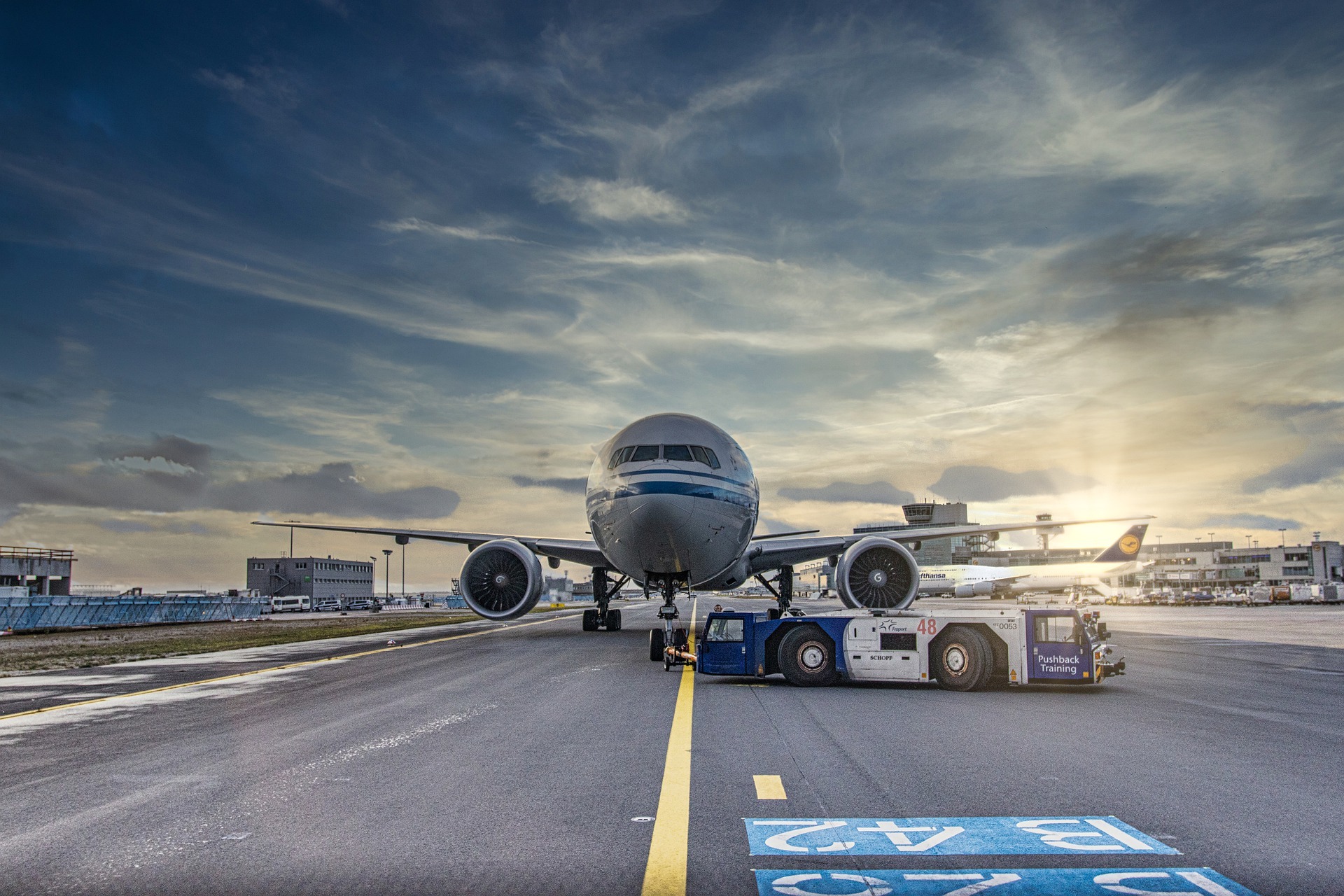Oil prices and the US dollar typically have an inverse relationship, so when one is high, the other is low, which helps to balance the financial impact on airlines that operate in other currencies.
That correlation, however, has broken down in recent months, with the Ukraine war causing a spike in oil prices at a time when the US is a net oil exporter and the US dollar benefiting from interest rate hikes intended to temper inflation.
Global airlines are facing a double whammy from the unusual combination of a strong US dollar and high oil prices, at a time when broad inflationary pressures and labour shortages are also putting pressure on the industry’s recovery from the pandemic.
Airlines attending the International Air Transport Association’s annual meeting in Doha this week expressed concern about the rising oil price and the US dollar.
The US trade-weighted real exchange rate index, which was established in 2006, is at an all-time high, and the benchmark Brent oil price is around $115 per barrel.
Non-US airlines are exposed to the dollar through oil prices, aircraft purchase and leasing fees, maintenance costs, and sometimes debt, all of which rise in local currency when the dollar rises.
“Buying fuel, buying everything is painful,” Korean Air Lines Co Ltd Chief Executive Walter Cho said of the strong US dollar, which is trading at its highest level against the won in more than a decade.
For most non-US airlines, the cost increase outweighs the benefit of ticket sales to US-based customers converting to more local currency.
SpiceJet, India’s low-cost carrier, warned last week that it would have to raise fares by 10% to 15% due to rising fuel prices and rupee depreciation.
Malaysia Airlines CEO Izham Ismail said that while fuel used to account for 20% of its costs, it had risen to 45 percent due to the weak ringgit.
According to Webber, most US airlines are unhedged and prefer a low oil price but a weaker dollar because they benefit from a higher conversion rate when selling tickets in euros and other currencies to foreign customers.
Hawaiian Airlines CEO Peter Ingram said the airline was keeping an eye on the yen, which was trading at 20-year lows, as it increased flights to Japan, which has traditionally been Hawaii’s largest foreign tourism market.
According to data from aviation consultancy IBA, airline failures have historically increased when an index combining the oil price and US dollar strength has been high.
#edgeforex #forextrading #forexsignals #forex #dollar #oil #prices #yen #airlines #japanese #index #fuel #tourism #demand

